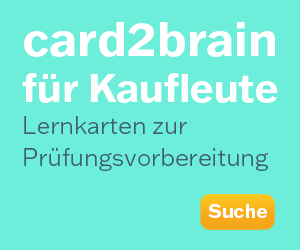Kartographie 6
Geo 113 UZH
Geo 113 UZH
Kartei Details
| Karten | 7 |
|---|---|
| Sprache | English |
| Kategorie | Geographie |
| Stufe | Universität |
| Erstellt / Aktualisiert | 09.12.2011 / 02.06.2017 |
| Lizenzierung | Kein Urheberrechtsschutz (CC0) |
| Weblink |
https://card2brain.ch/box/kartographie_6
|
| Einbinden |
<iframe src="https://card2brain.ch/box/kartographie_6/embed" width="780" height="150" scrolling="no" frameborder="0"></iframe>
|
qualitative line symbols
different kinds represented by differentiating symbols
- colour hue
- orientation
- texture
Example: different lines for different roads, Flow Map of winds
quantitative line symbols
different ranks/magnitudes represented by proportionally sized symbols, using:
- size
- colour value
- sometimes colour hue
different lines for different magnitudes, absolute data, total value!
Example: quantitative flow maps, e.g. petrol flow
flow maps
types: radial, network, distributive (siehe S. 12)
design issues:
emphasis is on difference in magnitude flows
increse figuere gorund contrast
appropriate projection
arrows if necessary
comprehensive unambiguous legend
Summary S. 16
qualitative point symbols
-shape
-color hue
-orientation
-texture
gives answer to question: what and where is at this location?
quantitative point symbols
different ranks/ magnitudes of real and conceptual pint features
using variables:
-size
-colour value (and colour hue i.e. yellow vs. brown)
emphasis is on quantity, not necessarily on the exact location
absolute data, total values
What, where and how much is at this location?
proportional point symbol map = graduated symbol map
graduated symbol maps (Diagrammkarten)
point symbol types:
- mimetic (symbol looks like real thing)
- pictographic (bildhaft)
- geometric
area of symbol is proportional to data being mapped! Symbol area represents raw totals (absolute numbers)
classed or unclassed scaling
1. continuous proportional area scaling for circles
area size is in proportion to the radius of the circle
other possibilities:
2. range graded scaling (data are classed, scaled to midpint of class)
3. psychological scaling (problem with just noticeable difference, the more similare circles are, the more difficult is it to differentiate the circles. )
compensation for underestimation of circle difference:
power law function: R= K*S^n n= .8747, truth: n=1
Further problems: ebbinghaus effect
Design Issues: clear ground figure contrast, consider minimal/maximal simbol size, rearrange overlapping symbols
also multivariate versions in combinatin with other data possible!
dot density maps (Streuungskarten)
arrangement of magnitude at pint locations
- shows relative locations
- focus on feature density
2 types: one-to-one and one-to-many dot maps
pros: easy to understand, show density depending on additional data, original data can recovered
cons: tendious to construct by hand, computer methods often assign dots randomly, use subdivision of enumeration units to correct, original values are difficult to extract if optimized for display
Dessign Issues:
- selection of number of dots: 2-3 dots for lowest magnitude, find maximum coalescence for highest magnitude
- selection of dot values: logical
.adjust dot density to map scale: not too detailed, not too general
- adjust dot size




